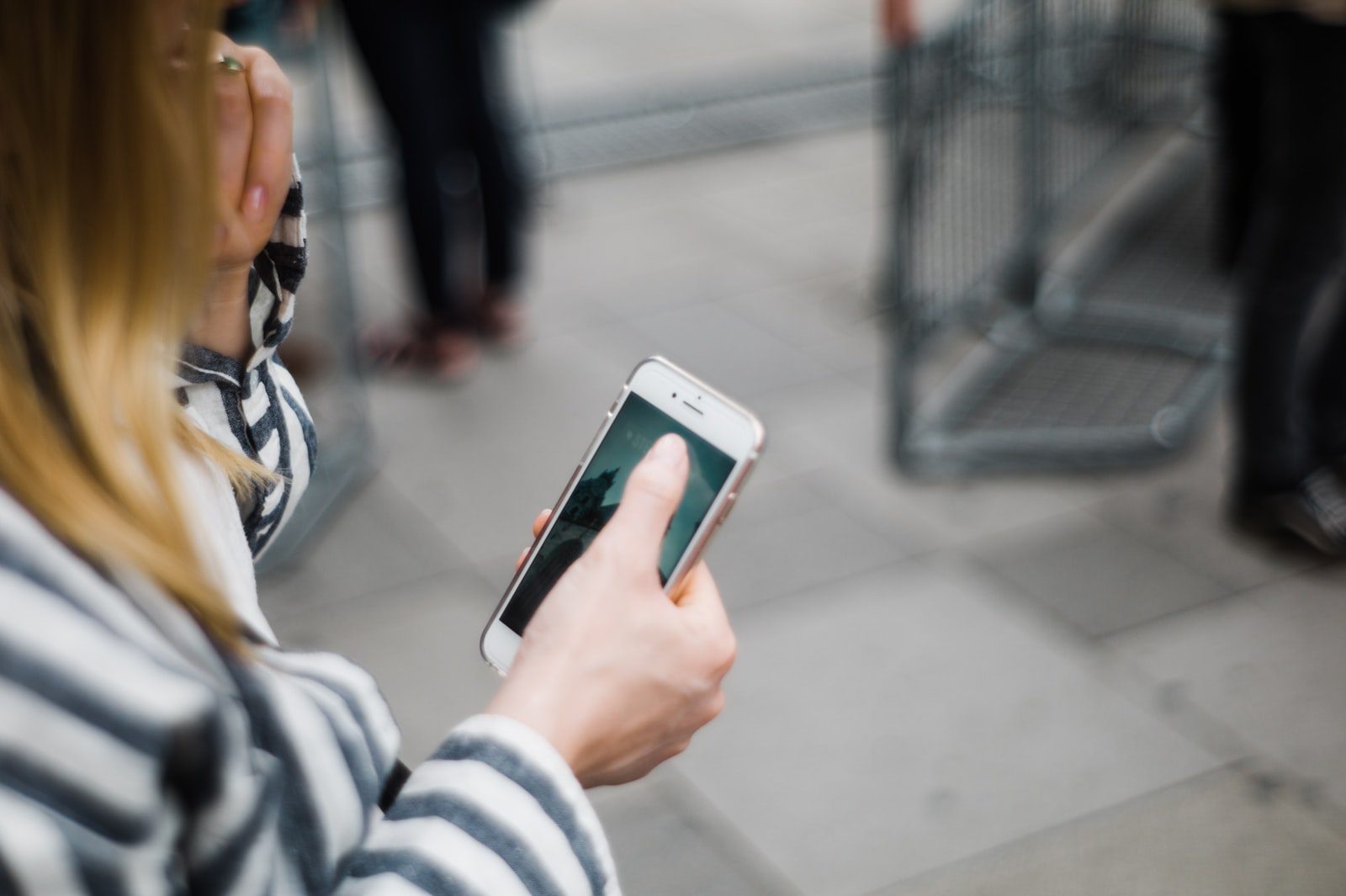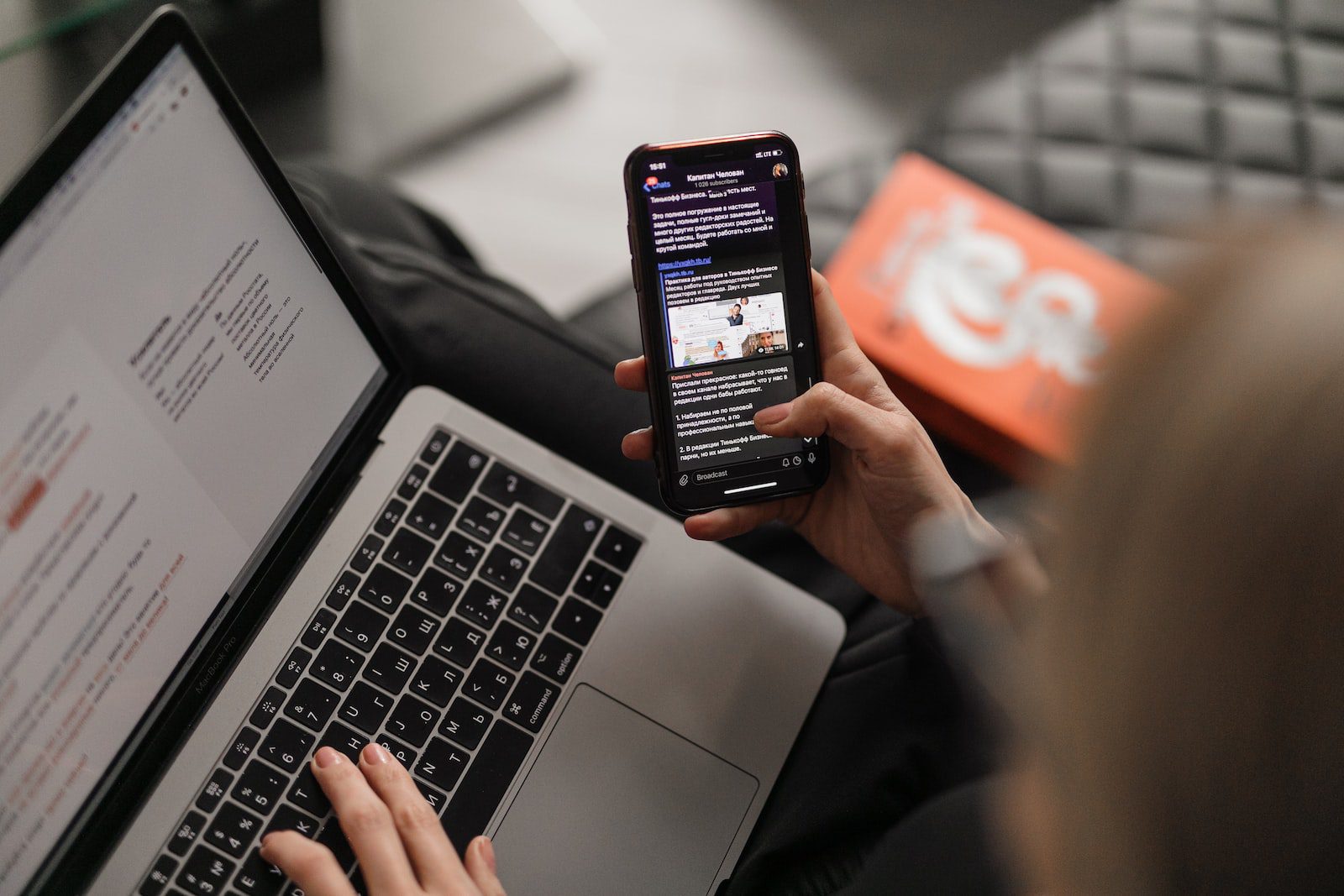Lifeline is a federal program that is subsidized by the US government and is designed to help low-income households get access to cell phone service. The idea behind Lifeline is that it can provide affordable and reliable communication access for those who may not be able to afford a cellular subscription otherwise.
Assisting low-income households with cell phone access has dramatic implications in today’s society, especially during times when access to internet is a primary form of communication.
This article will discuss how Lifeline is making it affordable to have cell phones by explaining the program’s background, eligible requirements and associated benefits.
Background
Lifeline was initiated by the Federal Communications Commission (FCC) in 1985 with the purpose to provide consumers with affordable and reliable landline service. However, in 2008 the government began expanding the program to include cell phone service.
After launching the Lifeline Assistance program in 2016, the DoT reports over 10 million users have enrolled and put into effect the 2017 Lifeline Reforms that allow providers to offer Lifeline customers unlimited data and talk minutes, something not available before. It is also worth mentioning that Lifeline is an independent program, not associated with any particular provider.
Eligibility
In order to be eligible for the Lifeline program, households must be at or under 135% of the federal poverty guidelines. This qualification is based on an income-based standard. Those individuals or households enrolled in public benefits programs such as SNAP, Medicaid or Supplemental Security Income (SSI) may also be eligible for Lifeline. Additionally, certain tribal households may also qualify for Lifeline as part of the Tribal Lifeline Assistance program.
Benefits
For those eligible to receive Lifeline Service, the FCC provides a monthly subsidy of up to $9.25 for customers who get their service from an approved Lifeline provider. Customers receiving Lifeline Service have access to an array of benefits, including unlimited data and talk minutes. Moreover, these customers can also receive a discount from their provider for an additional landline phone line or broadband access if available in the given area.
In addition to the monthly subsidy, there are also other non-monetary benefits associated with Lifeline. Lifeline is most often provided by providers that do not require any deposits or long term contracts. This allows customers to avoid costly fees associated with enrollment. Additionally, Lifeline customers can switch providers as needed without incurring any switching costs or needing to fulfill a new contract with the new provider.
Final Thoughts
The Lifeline program is making it affordable to have cell phones by providing low-income households with subsidized service. The FCC offers a monthly subsidy of up to $9.25 that can be used to offset the cost of a wireless contract, and Lifeline customers also have access to unlimited data and talk minutes as part of the program.
Additionally, there are also non-monetary benefits, such as avoiding enrollment fees and having the option to switch providers without having to fulfill a new contract.
For those households in need of assistance, Lifeline can significantly reduce the financial burden of having access to essential communication services. By offering this level of affordability, Lifeline is removing some of the socioeconomic disparities that may be hindering low-income families from having access to basic communication needs.



